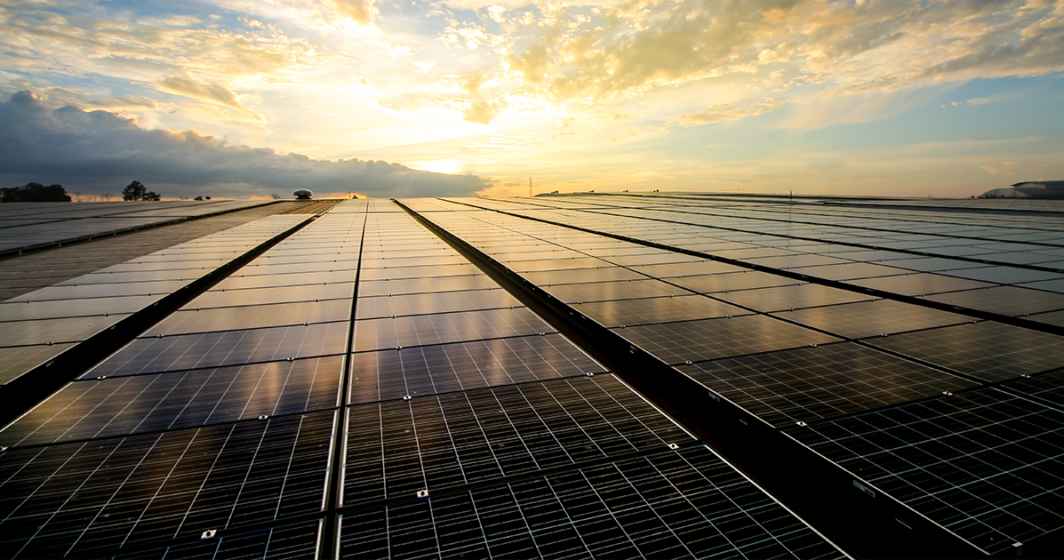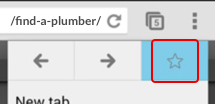Australians love big things. We enjoy our big V8 super cars, we have our big icons (the Big Banana, the Big Prawn and the Big Koala), and we have the biggest average house size in the world. In this edition, GeoFlow Australia’s Dr Amir Kivi and Elliot Watson tell us about a big solution.
Australia is in the grip of a crippling upward energy price spiral. This has caused many businesses to struggle to maintain their profitability and competitiveness, with some even being forced to shut their doors. Higher energy costs also puts downward pressure on any potential wage increases.
Luckily, Australians like big things, especially big solutions to big problems.

Big solar heating and cooling opportunity
Australia has a natural advantage up its sleeve to help solve this crisis. While parts of Europe suffer from low solar irradiation, most of Australia is blessed with about twice the levels of solar irradiation.
Successive state and federal governments have leveraged this atmospheric phenomenon, and have financially cajoled energy consumers to adopt solar electricity to the point where, according to the ABC’s 7.30 program’s three part series - Power Shock, we now have the highest uptake of rooftop solar electricity per household in the world. But have our political leaders fully thought this approach through?
Taking advantage of Australia’s sunshine certainly sounds like a good move, but has anyone stopped to actually ask the question whether the optimum solution is to prodigiously populate our roof tops and paddocks with ever-increasing numbers of subsidised solar electricity panels?
Energy use reality check
According to the Department of the Environment and Energy (2018), 62% of Australia’s energy demand (non-transport related) is used for heating and cooling.
The remaining 38% is used for electrical purposes.
What then, is the most cost efficient and sustainable solution to supply our largest energy demand category of heating and cooling?
Of course any answer may have various caveats, but recent research has identified that for heating and cooling energy users in Australia, solar heating systems are now the best solution.
In late 2018, Sustainability Victoria commissioned an energy audit for one of Victoria’s biggest greenhouse growers.
The audit identified that a large proportion of the farmers high gas heating energy costs could be virtually halved through the adoption of the world’s most efficient, large flat-plate solar heating technology from Savosolar, Finland.
The solar heating system would generate and store hot water (up to 95oC) to heat the air inside the vast greenhouses, particularly during night time and throughout the winter months.
No water is wasted at all, as it uses closed-loop technology, and any excess heat can be used to chill the cool rooms by adopting an absorption chiller.
The calculated payback period (using detailed hour-by-hour analysis, with no government subsidies whatsoever) was just 5.5 years, with a potential of millions of dollars of accumulated net savings over the life of the solar heating system.
The audit also found that an alternative government subsidised solar electricity system couldn’t come close to delivering cheaper heating or cooling energy than the solar heating system!
The stark cost and performance benefits of using the latest solar heating technology over traditional energy sources, such as electricity and natural gas, are best exemplified when compared with solar electricity technology.
Big Benefits
Solar heating systems are much more energy dense.
The best solar heating systems generate 1,100 kWh per m2 p.a. of heating energy at 60oC, which is more than five times as much thermal energy (in Victoria) compared with tier 1 solar electricity panels. This means that for a fixed size roof area, businesses can generate more than five times as much thermal energy to meet their needs. Even if solar electricity is combined with efficient heat pump technology, solar heating systems provide 66% more output.
The cost of solar heating energy storage is far cheaper.
Thermal energy (in the form of hot water) is simply stored in insulated hot water tanks. The tanks provide unlimited storage/discharge cycles, and no regular periodic replacement is required. Other energy storage technologies, such as electric batteries have a very limited number of storage/discharge cycles; performance declines with age and they need expensive periodic replacement.
Solar heating systems provide the cheapest cooling solution for large commercial cooling users.
Hot water generated by a solar heating system can generate 7oC chilled water through using an amazing absorption chiller. An absorption chiller has one just moving part - a small water pump, which electrically operates for next to nothing!
Solar heating systems can provide district/utility scale energy solutions.
Solar heating systems have an unlimited maximum size, and can provide whole communities (including residences, businesses and industry) with much of their heating and cooling needs, over many kilometres. Furthermore, as one customer generates more heat than required, another customer on the heating/cooling grid can turn that excess heat into needed cooling. District heating and cooling is now an integral part of mainstream living in Sweden, with 270 of 290 municipalities utilising it.
Solar heating system efficiency increases when outside temperatures rise.
The hotter it gets outside, the more efficient the solar heating system becomes. Solar electricity panels, on the other hand, become less efficient as the ambient air temperature increases.
Solar heating systems have a longer life expectancy and higher life-long efficiency rating.
Solar heating systems are inherently designed to last longer and to significantly better maintain their design efficiency compared with solar electricity systems. The 25 year degradation of leading large scale solar heating collectors is only 8%, versus 20% for tier 1 solar electricity panels.
Solar heating collectors’ off-centre solar incidence performance is very high.
The best modern flat-plate solar heating collectors maintain up to 98% performance when the sun is at +/- 50o from perpendicular. This is now as good as solar electricity panels.
Solar heating systems are more environmentally friendly as a whole.
As well as significantly reducing CO2 emissions, they also have the advantage of not creating massive e-waste problems (i.e. hazardous/ toxic materials) at the end of their life cycle, unlike solar electricity panels do. This is currently another big headache for governments, with only one recycling plant located in Adelaide, and a swag of solar electricity panels now becoming due for replacement en masse.
Solar heating systems are fit for use by most types of large scale energy users.
Typical users include greenhouses, abattoirs, dairies, manufacturers, breweries, councils, miners, shopping complexes, educational facilities, sporting hubs, retirement villages and large scale residential developers.
In January 2019, Europe’s largest solar heating industrial process heat system was commissioned in Condat-sur-Vézère, France, to deliver on average 4,000 MWh/Year. It will cover 32% of the heated water needed for the steam generation required at a local paper mill, with a very high solar yield - more than 1,000 kWh/m2/p.a.
Solar heating systems can help solve the electricity grid issues.
Whereas solar electricity (and wind power) adds to the woes of the over-burdened electricity grid infrastructure, solar heating technology reduces the demand for electricity in the most cost effective way.
Big energy consumers in sunburnt Australia can readily side-step the politically led energy cost crisis that has haunted a quick succession of Prime Ministers. This can be achieved by firstly recognising that the majority of end-use energy requirements is actually for heating and cooling, not for electrical purposes. The plumbing industry stands at the centre of this big, no - revolutionary opportunity in Australia. It has a key role to play in raising community and government awareness of the best solution to significantly address our energy crisis through adopting the latest solar heating technology.
Share this Article






